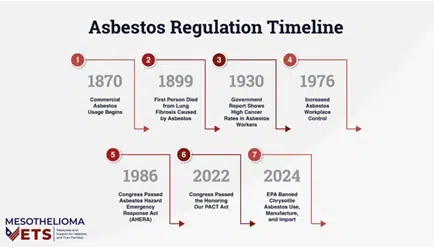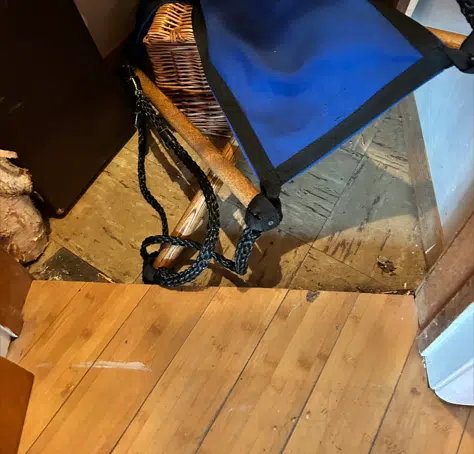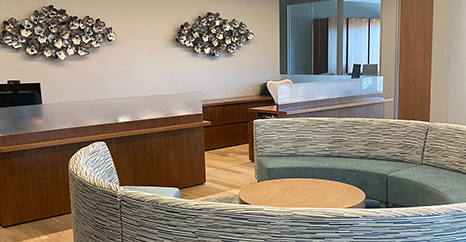Understandably, most will panic when hearing the word ASBESTOS. However, Asbestos tile does not pose a health risk when in-tact. When tiles are disturbed, chipped or broken, they become friable. Friable means, “a dust like form”.
To identify asbestos tiles, it’s important to know the age of your building. Buildings that were built between 1870 and 1986 are more likely to contain asbestos tiles. However, chances are there have been multiple renovations to your buildings. It is important to check your asbestos management plan for locations and materials that still contain asbestos before any demolition. It is very common for building owners to encapsulate the asbestos flooring with a second layer of flooring. We have even seen two layers of flooring on top of asbestos tile.
Credit: https://www.mesotheliomavets.com/mesothelioma/asbestos-in-the-military/when-was-asbestos-banned/
If you have exposed asbestos tile, you can leave it alone. If the asbestos tile is in good condition and not disturbed, it may be safer and more cost effective to leave it in place and cover it with new flooring, rather than attempting removal. TeamPAR can help choose the proper products.
IMPORTANT NOTE: In addition to consulting an asbestos professional, speak with TeamPAR before a tile or mastic abatement. Manufacturers of the new flooring being installed after the abatement have specific instructions on what can and cannot be done when abating asbestos tile and mastic. If the abatement is not completed according to the flooring manufacturer’s guidelines, they will not warrantee the material or the installation.




